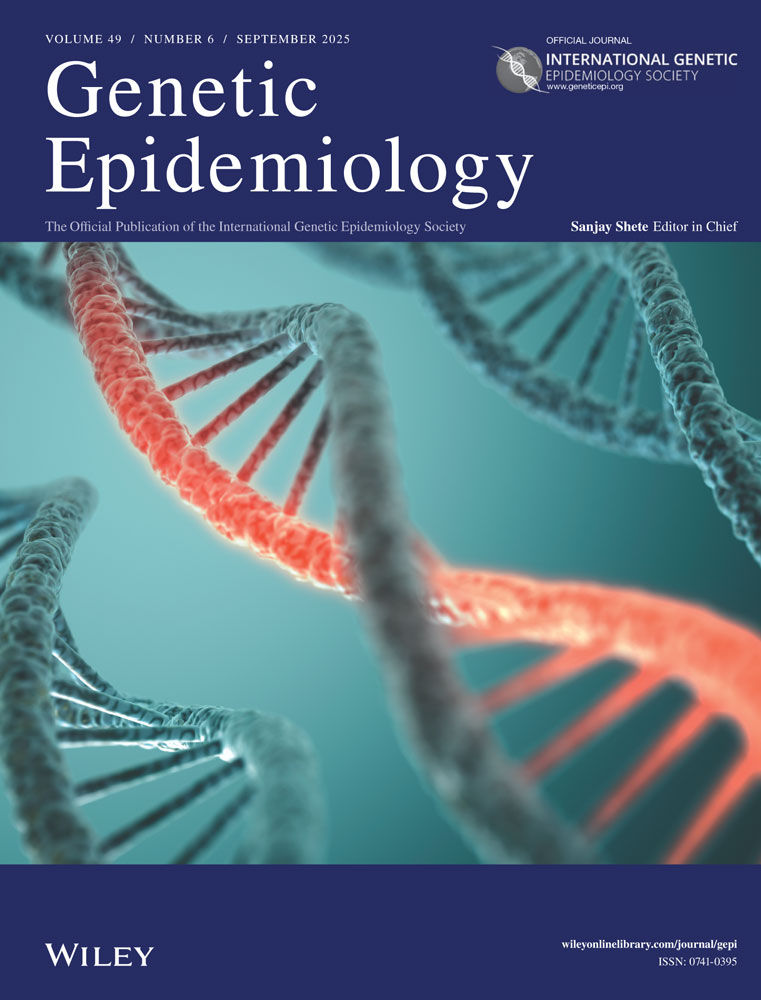Inferring the direction of causation in cross-sectional twin data: Theoretical and empirical considerations
Abstract
A recent multivariate extension of the classical twin study in theory allows the inference of the direction of causation between correlated traits solely using cross-sectional data. In this paper we briefly review this model and assess its usefulness by applying it to a number of pairs of biological and psychological variables between which the nature of the causative relationship is already known. We conclude that the method has a number of biases and limitations. If a causative relationship at the phenotypic level exists between two traits, the correct direction of causation is usually identifiable, providing the reliability and validity of the measures are known. Failure to correctly specify a measurement model can lead to incorrect tests of hypotheses. Difficulties can also occur when discriminating between a direct causative relationship and a correlation due to common genetic or environmental determinants, but these occur in predictable situations. If these considerations are taken into account in interpretation of results, the true nature of the association between traits can often be correctly identified, or at least included in a subgroup of best fitting models. © 1994 Wiley-Liss, Inc.




